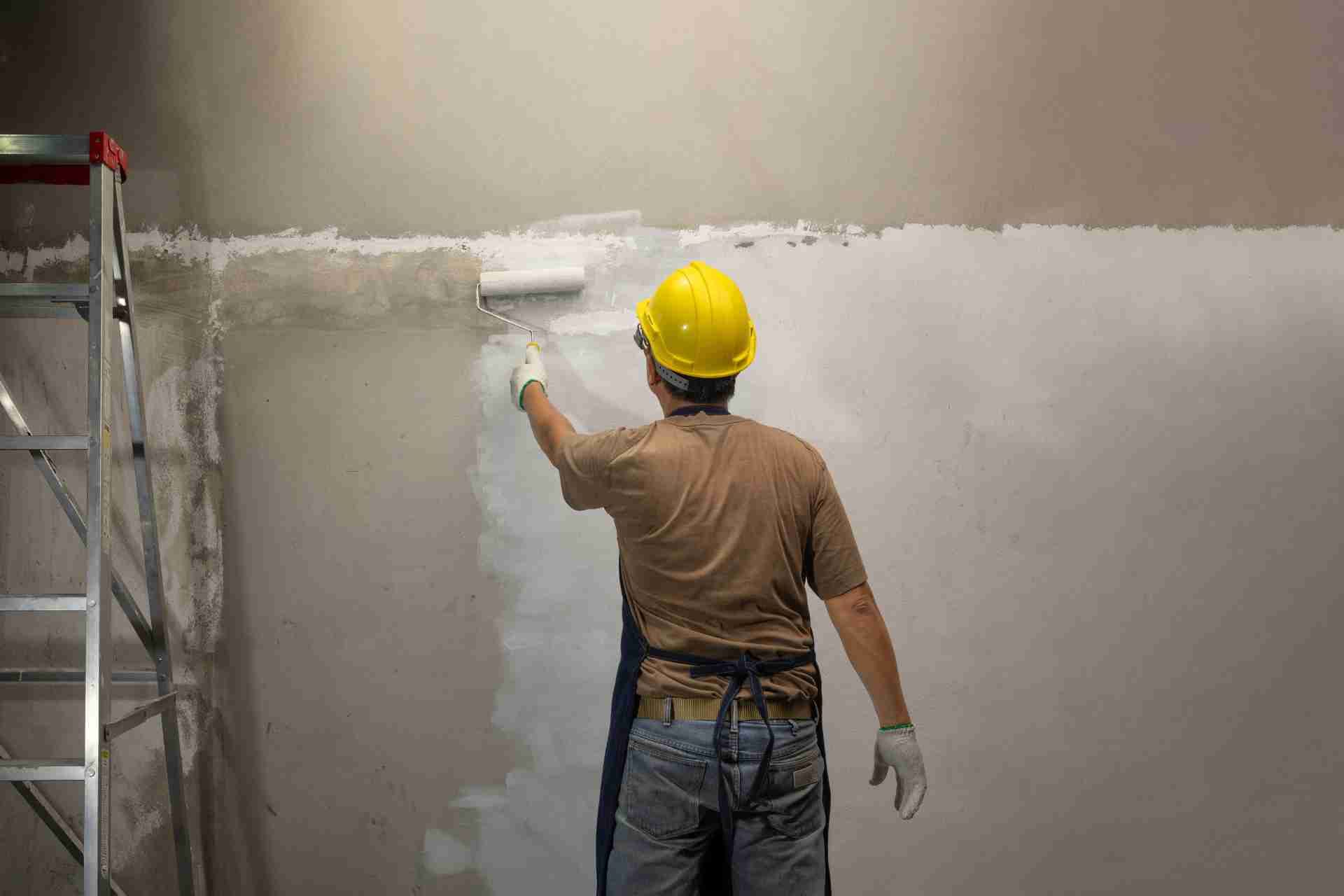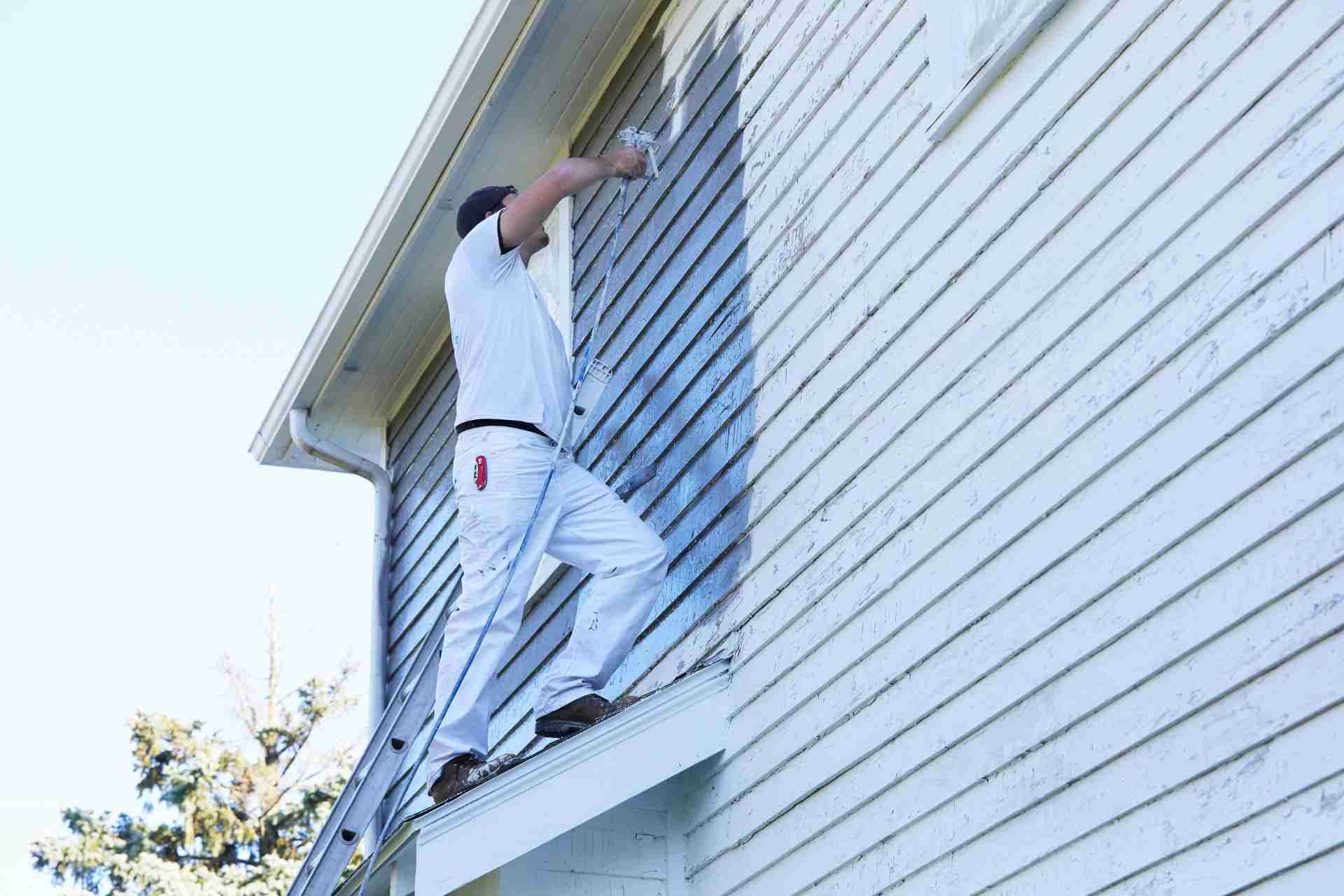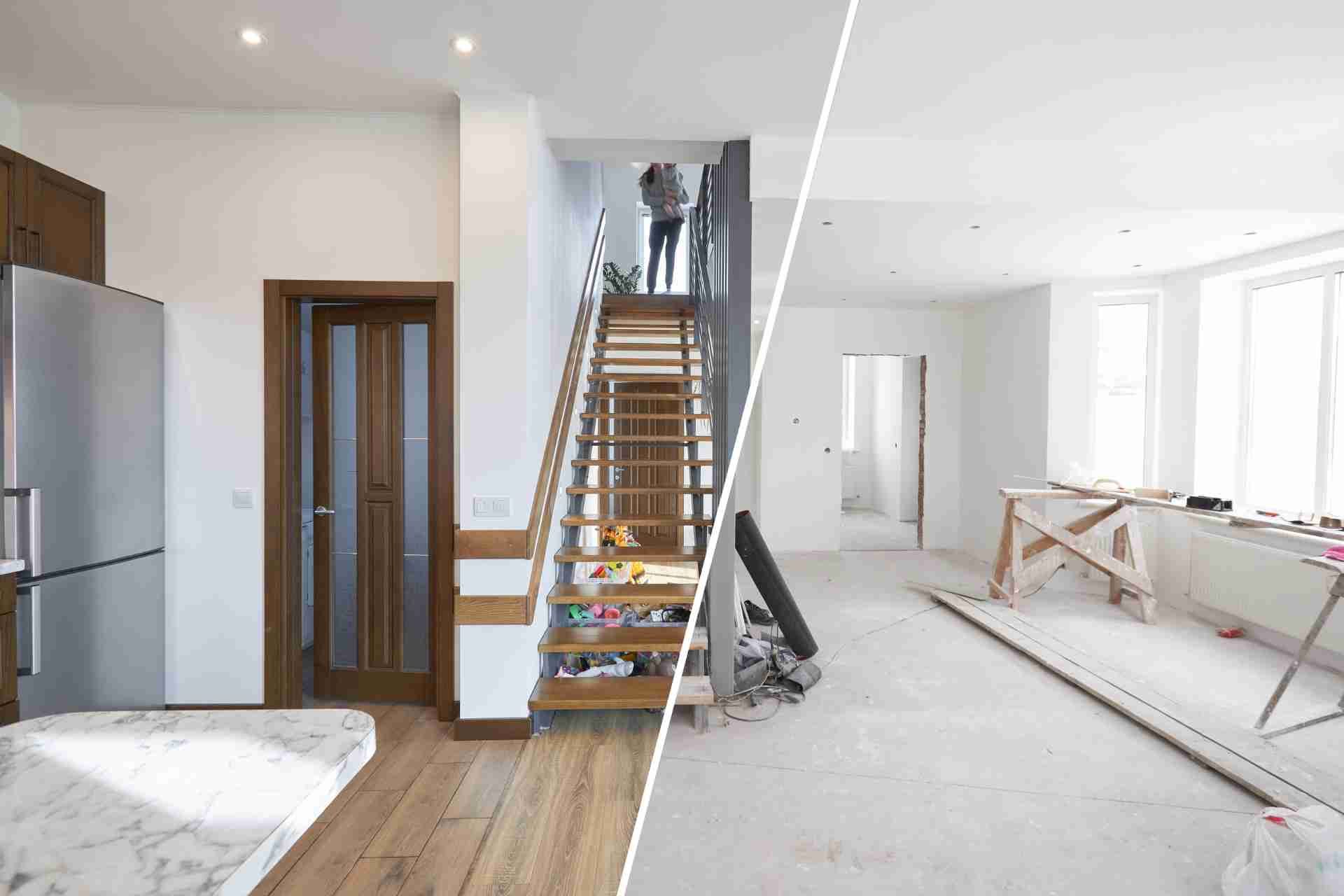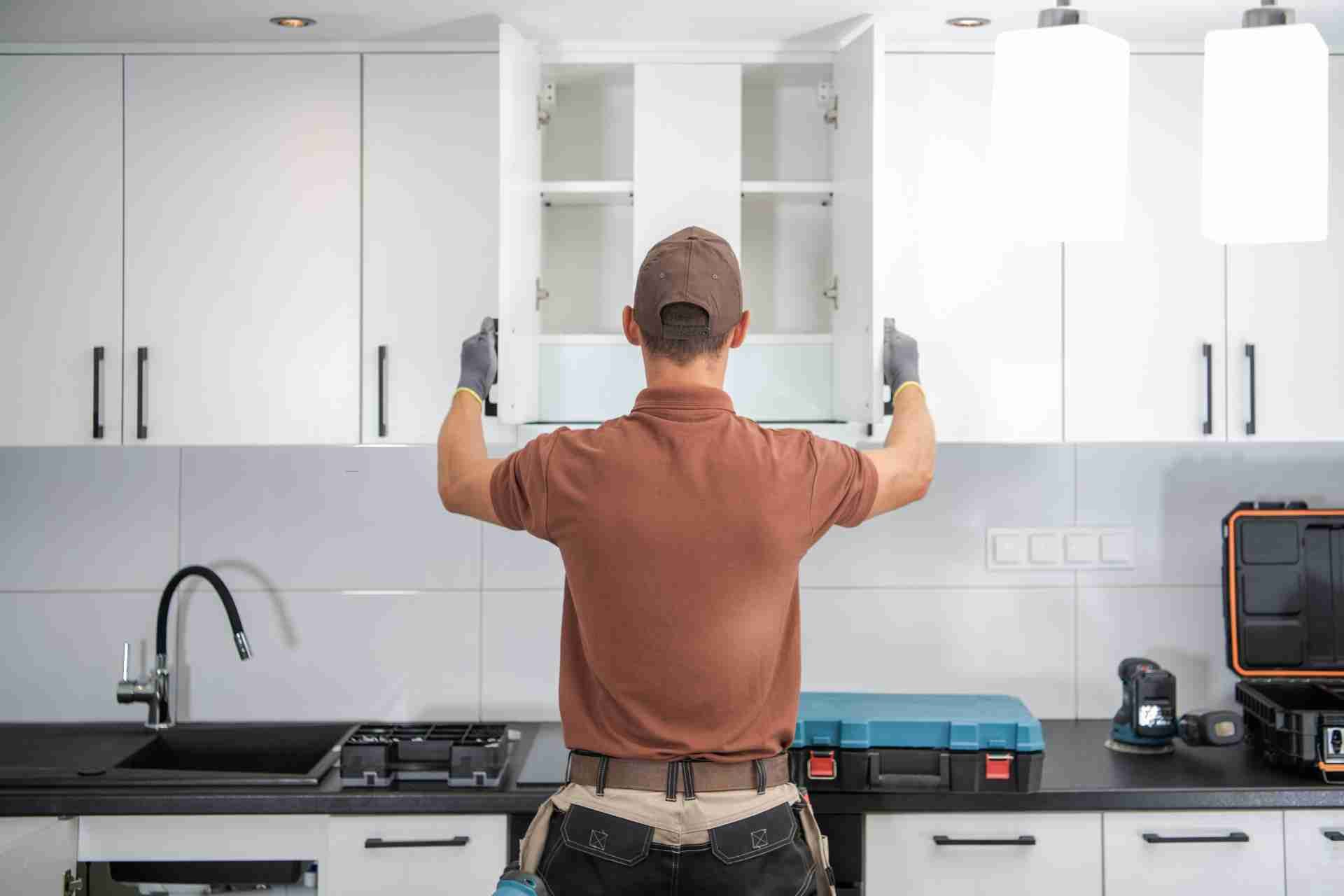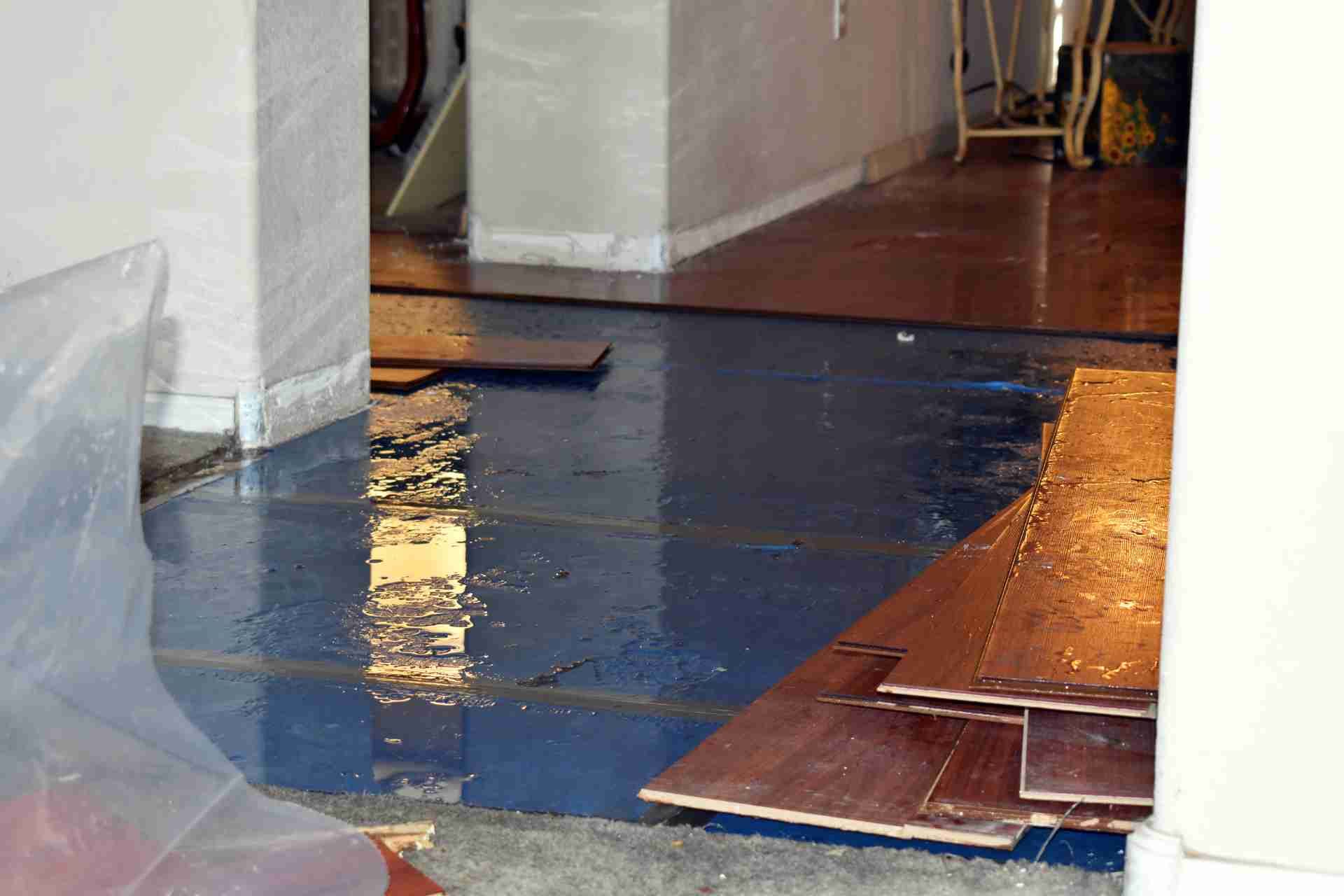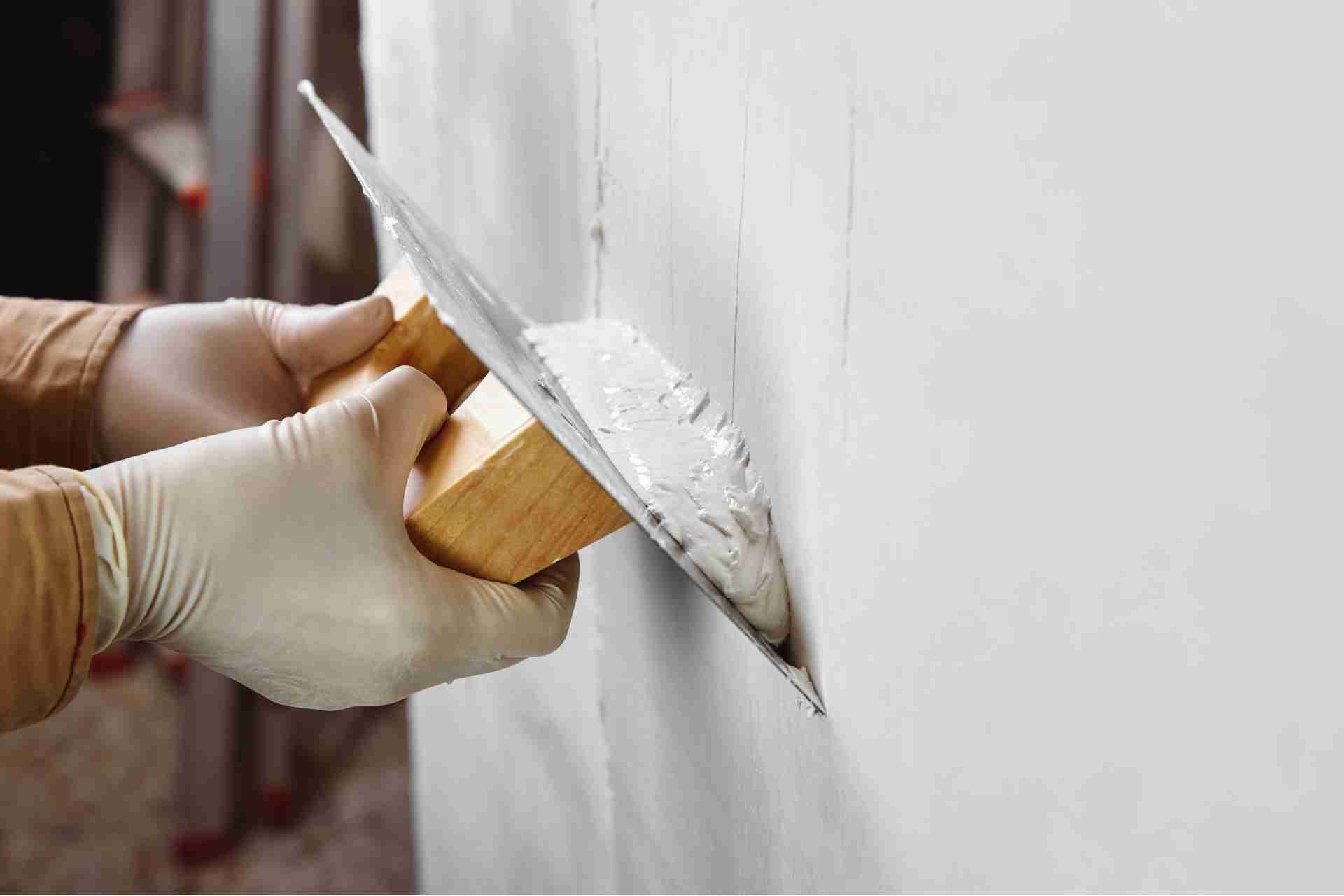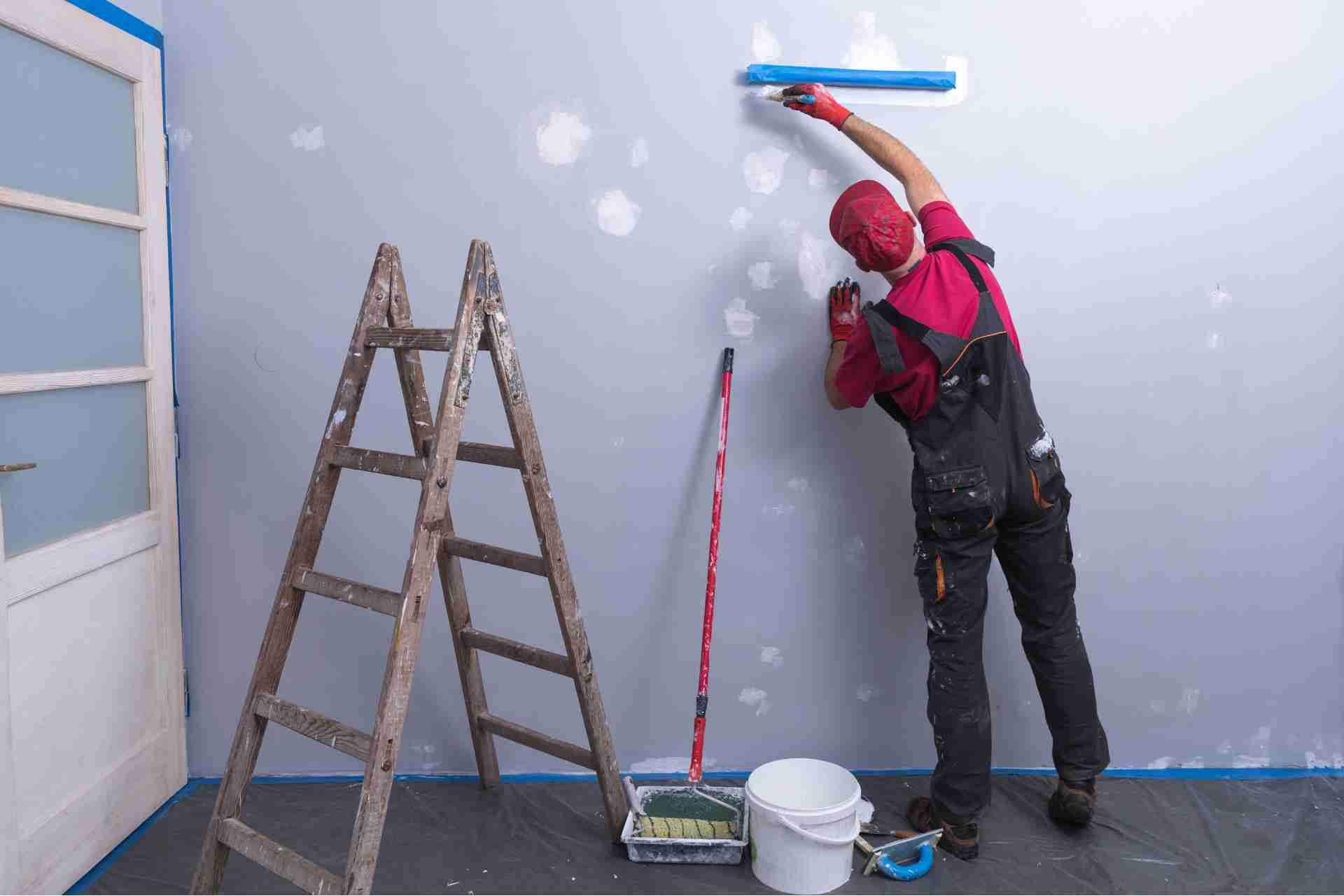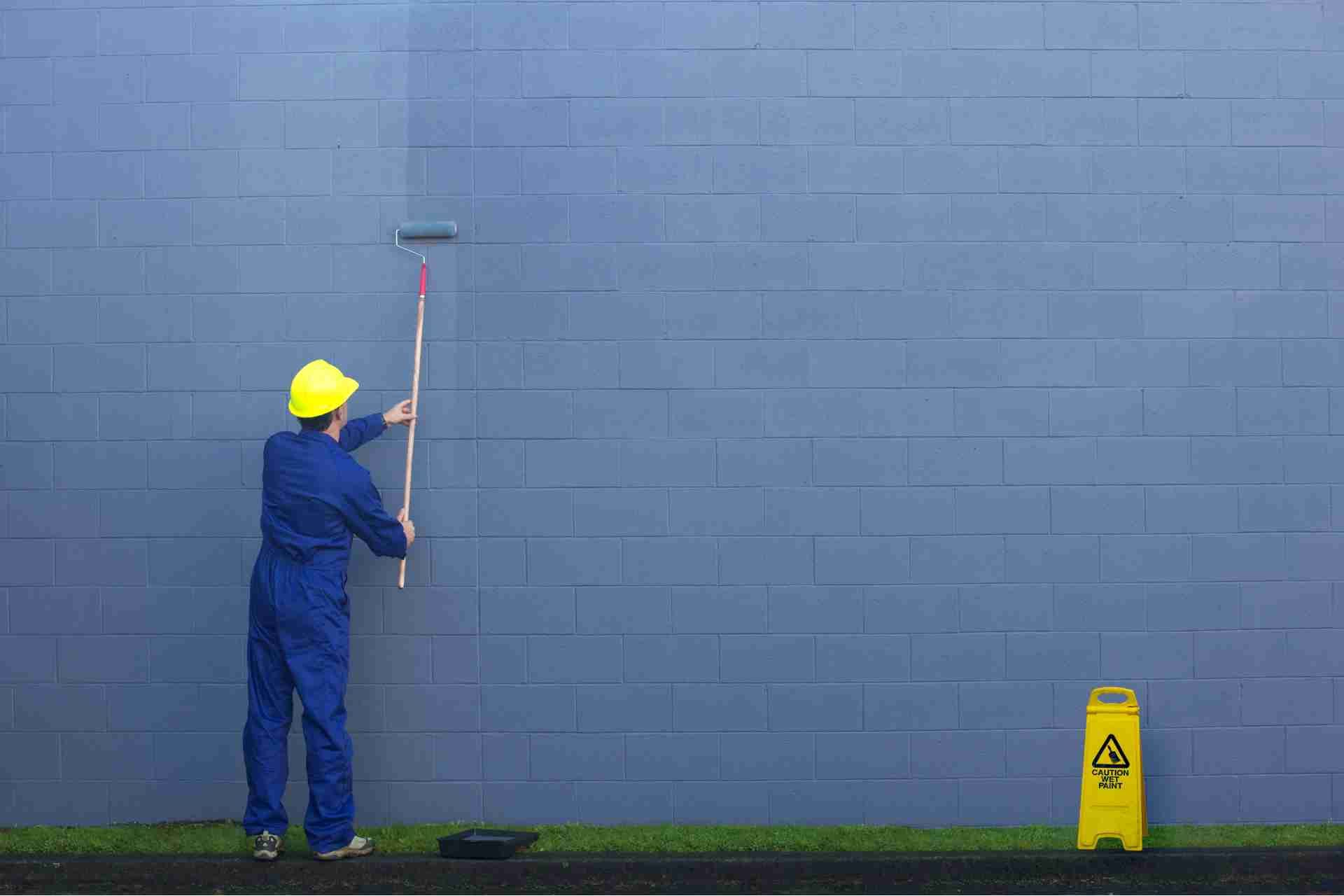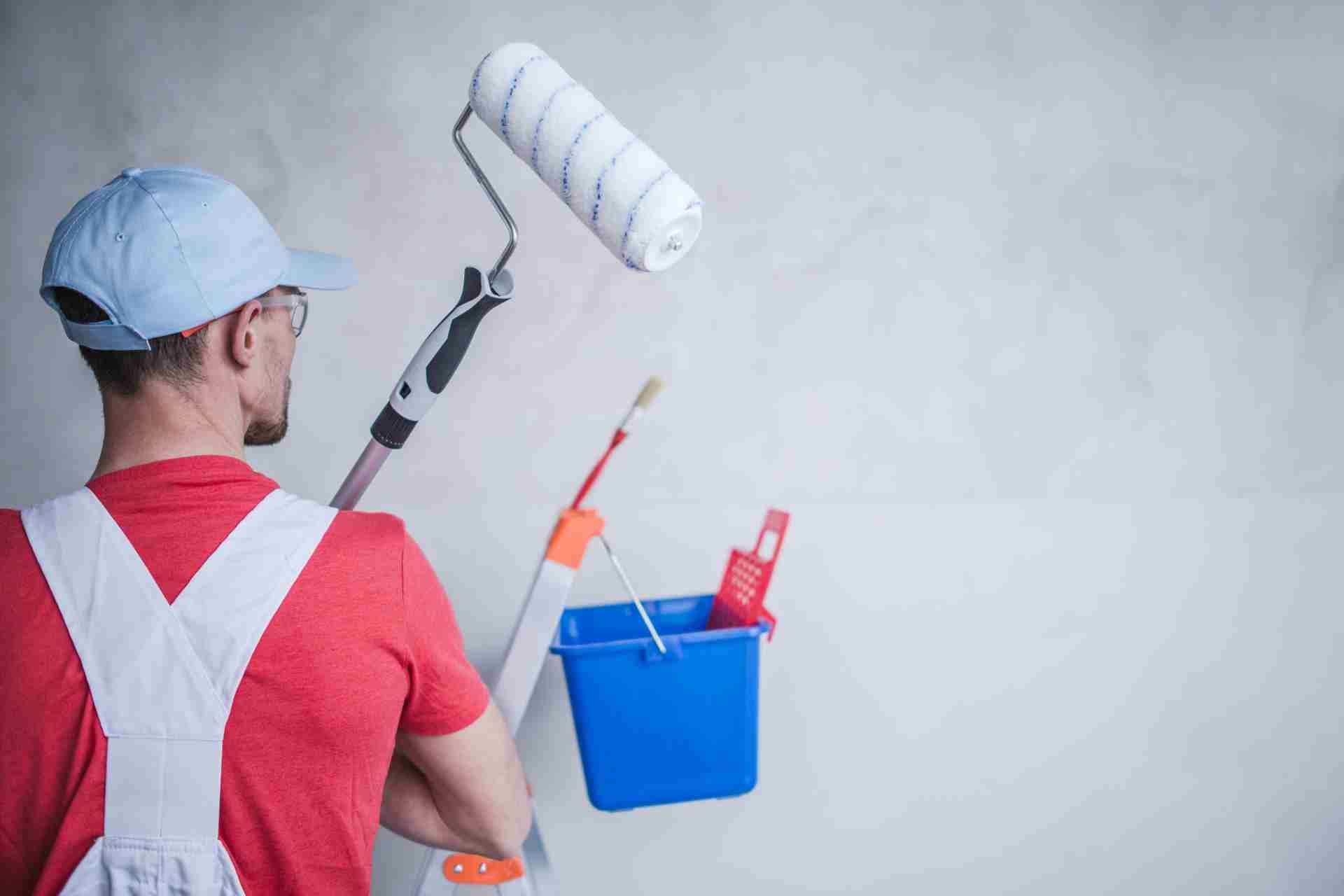How to Stop Paint from Peeling on Wall
Are you tired of seeing paint peeling off your walls? Not only does it make your home look unappealing, but it can also be a sign of underlying issues that need to be addressed. Peeling paint is a common problem faced by many homeowners, but the good news is that it can be easily resolved. Find out the different causes of peeling paint and provide you with effective tips on how to stop paint from peeling on wall.
Before finding a solution, it's important to understand the reasons behind the paint peeling off. Most commonly, peeling occurs due to the following factors:
1. Moisture: Excessive moisture in the wall can lead to paint peeling. This may be caused by leaky plumbing, poor ventilation, or high humidity levels. Moisture weakens the bond between the paint and the wall surface, causing it to bubble and peel.
2. Improper surface preparation: Inadequate preparation of the wall surface prior to painting can also result in peeling. Failing to clean, sand, and prime the surface can prevent the new paint from properly adhering to the wall, leading to peeling over time.
Now that we know the causes, let's dive into some effective tips to prevent paint from peeling:
Prepare the surface
Take the time to properly prepare the wall before painting. This includes removing any loose or peeling paint, sanding the surface to create a smooth texture, and cleaning it thoroughly to remove dirt and grease. Applying a coat of primer will ensure better adhesion.
Choose the right paint
Select high-quality paint that is suitable for the specific surface you are painting. Consult with experts at your local paint store to find the best paint for your needs. Investing in good-quality paint will reduce the likelihood of peeling and ensure a longer-lasting finish.
Ensure proper ventilation
Adequate ventilation is essential in preventing paint peeling caused by excessive moisture. Make sure there are vents in areas prone to high humidity, such as bathrooms and kitchens. Use exhaust fans or open windows to allow air circulation, reducing the chances of moisture buildup.
Address underlying issues
If there are any leaky pipes or plumbing issues, fix them promptly. Moisture seeping into the walls can quickly lead to peeling paint. Regularly inspect your home for signs of potential water damage and address them promptly to prevent further issues.
Monitor humidity levels
High humidity can wreak havoc on painted walls. Invest in a dehumidifier to maintain optimal humidity levels, especially in rooms with poor ventilation. This will help reduce moisture in the air and prevent peeling.
Use the right techniques
When applying paint, ensure you follow the manufacturer's instructions regarding primer, drying times, and application techniques. Applying thin, even coats of paint and allowing ample drying time between coats will result in a more durable finish.
Ways to Fixx Peeling Paint on a Wall
Have you noticed unsightly peeling paint on your walls? Don't worry, it's a common issue that many homeowners face. While peeling paint can be frustrating, it doesn't have to be a long-term problem
1. Identify the root cause: The first step in fixing peeling paint is to determine the underlying cause. Common culprits include moisture, improper surface preparation, or the use of low-quality paint. By identifying and addressing the root cause, you can prevent future paint problems.
2. Remove loose and flaking paint: Before you can start repainting, remove any loose or flaking paint from the surface. Use a putty knife or scraper to gently scrape away the peeling sections. Take care not to damage the wall or create uneven surfaces.
3. Sand the affected area: After removing the loose paint, sand the area to create a smooth and even surface. Use medium-grit sandpaper to sand the edges, feathering them into the surrounding painted areas. This step ensures better adhesion of the new paint.
4. Clean the wall: It's crucial to clean the wall thoroughly before applying new paint. Use a mild detergent and warm water to remove dust, dirt, and any residue left from the scraping process. Rinse the wall well and allow it to dry completely.
5. Prime the surface: Applying a primer is essential before repainting. Choose a high-quality primer suitable for your wall type, whether it's drywall, plaster, or concrete. Priming seals the surface, prevents moisture penetration, and enhances paint adhesion, ensuring a long-lasting finish.
6. Select the right paint: To avoid future peeling, opt for top-quality paint with a durable finish. Consider using a paint specifically designed for high-moisture areas, such as bathrooms or kitchens. Also, choose the appropriate type of paint, whether it's latex, oil-based, or water-based, based on the requirements of your wall.
7. Apply multiple thin coats: When painting over the primed area, it's crucial to apply several thin coats rather than one heavy layer. This technique allows for better adhesion and reduces the chances of peeling. Ensure proper drying time between each coat as per the manufacturer's instructions.
8. Maintain proper ventilation and humidity levels: After repainting, ensure your space is adequately ventilated to prevent excessive moisture buildup. Use dehumidifiers, exhaust fans, or open windows to ensure proper airflow. High humidity levels can contribute to paint peeling, so it's essential to keep them in check.
9. Regular maintenance: Finally, make sure to maintain your freshly painted walls regularly. Promptly address any signs of moisture or peeling, and fix them as soon as possible to prevent further damage.
Key Takeaway
Taking these preventive measures will significantly reduce the chances of paint peeling on your walls. However, if you notice any peeling despite your efforts, it's crucial to address the issue promptly.
Remember, maintaining the appearance of your walls not only enhances the aesthetic appeal of your home but also protects the underlying structure from potential damage. If you follow these steps and address the underlying causes, you can significantly reduce the likelihood of paint peeling on your walls.
Hiring a
painting company to tackle your wall painting not only saves you time and effort but also ensures a high-quality and durable finish. Their expertise in surface preparation, paint selection, and application techniques is invaluable in preventing the peeling of paint on your walls. Additionally, many professional painting companies offer warranties on their work, providing you with peace of mind and assurance that in case of any issues, they will rectify the situation promptly.

